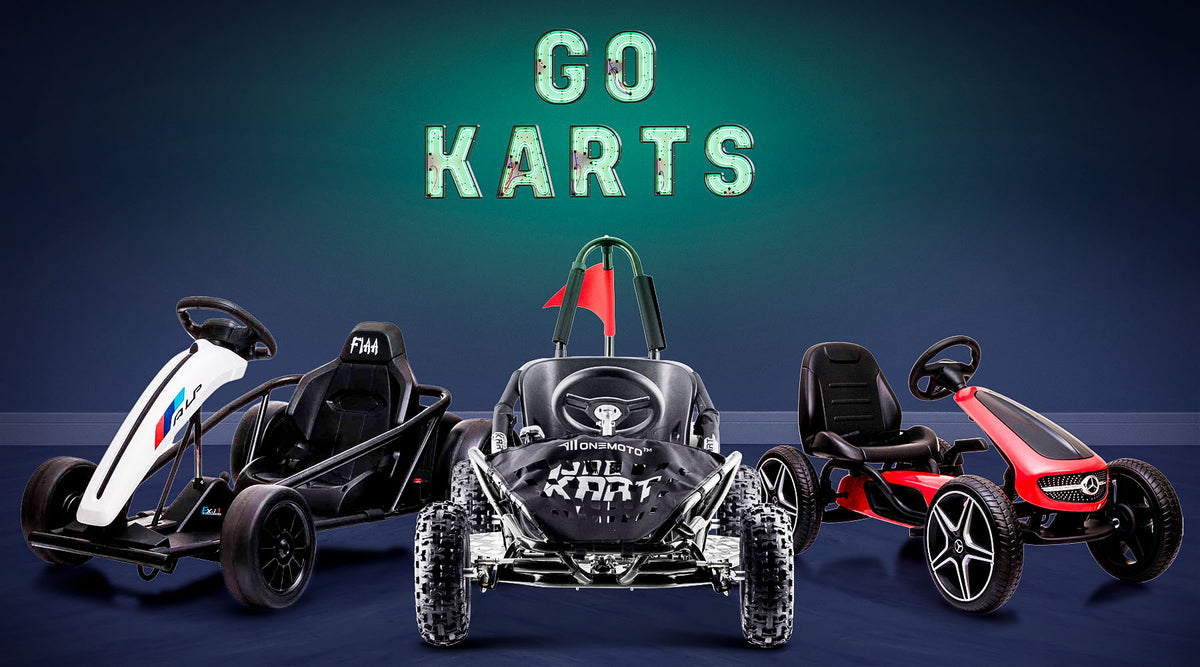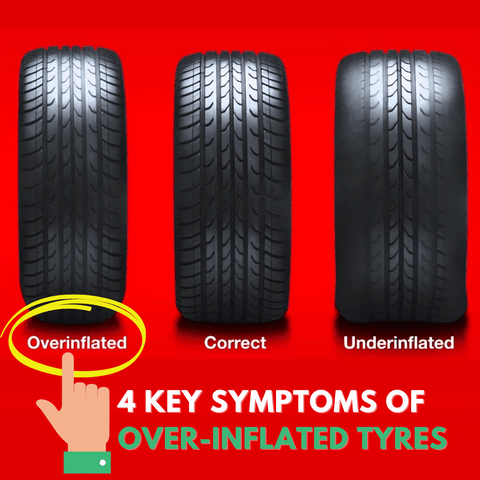Published: 17 July 2023
Updated: 24 March 2025
Go-kart racing is a thrilling mix of adrenaline and strategy, but one factor can make or break your performance: gear ratios. 
Choosing the wrong ratio can leave your kart sluggish on straights or slow out of corners.
This guide breaks down go-kart gear ratios, helping you find the perfect balance for your kart, track, and driving style.
Explore real-world examples with karts like those in RiiRoo's collection.
Best Go-Kart Gear Ratios
The ideal go-kart gear ratio depends on track layout, kart and driver weight, and desired top speed. A common starting point is a 6:1 ratio, balancing acceleration and top speed for many tracks. For tighter courses, a 4:1 or 5:1 ratio can boost acceleration, but tuning is key to match your specific setup and conditions.
Understanding Gear Ratios
Gear ratios define the relationship between the engine (or clutch) sprocket and the rear axle sprocket in a go-kart.
The right ratio ensures optimal power delivery to the wheels.
Factors Affecting Gear Ratios
Track, Acceleration, and Top Speed
Track layout, desired acceleration, and top speed all influence the best gear ratio.
Related: Does Go-Kart Racing Have Pit Stops?
Kart Elements
Tyre Size
Larger tyres affect rotation speed, often requiring a higher gear ratio for optimal performance.
Related: Key Symptoms of Over-Inflated Tyres
Kart and Driver Weight
Heavier karts and drivers may need a higher gear ratio for better acceleration.
Transmission System
Clutches often work best with higher ratios, while torque converters may need lower ratios for optimal performance.
Issues like go-kart clutch smoking can also affect ratio choice.
Ideal Gear Ratios
6:1 Ratio
A 6:1 ratio offers a balanced mix of acceleration and top speed, ideal for many tracks.
4:1 and 5:1 Ratios
For tracks with tight corners, a 4:1 or 5:1 ratio boosts acceleration, giving an edge in twisty sections.
Calculating Gear Ratios

Simple Calculation
Divide the number of teeth on the rear axle sprocket by the engine sprocket teeth (e.g., 60 ÷ 10 = 6:1).
Examples
- Single-Stage: 60T axle ÷ 10T engine = 6:1 ratio.
- Jack Shaft: (36T ÷ 12T) × (45T ÷ 15T) = 9:1 ratio.
- Torque Converter: Varies from 15:1 (at engagement) to 5:1 (fully shifted) with a 5:1 chain drive.
Choosing the Right Ratio
Case Study: Sprint Kart on a Tight Track
A 125cc 2-stroke kart on a tight track improved lap times by 0.3 seconds after switching from a 5:1 to a 6:1 ratio, gaining better corner exit acceleration.
Case Study: Endurance Kart on a Mixed Circuit
A 390cc 4-stroke kart on a mixed track gained top speed and fuel efficiency with a 4.33:1 ratio, improving lap times by 0.2 seconds.
Case Study: Rental Kart Fleet
A rental fleet used 6:1 for beginners (better control) and 5:1 for advanced drivers (more power), increasing satisfaction by 15%.
Adjusting Gear Ratios Safely
- Small Changes: Adjust incrementally to avoid stressing kart parts.
- Inspect Regularly: Check components after adjustments for wear.
- Know Your Kart: Understand your kart’s traits for informed tweaks.
Common Mistakes to Avoid When Choosing Gear Ratios
| Mistake | Why It’s a Problem | How to Avoid It |
|---|---|---|
| Overestimating Top Speed Needs | Sacrificing acceleration for top speed can slow lap times on tracks with short straights. | Analyze track layout and prioritize acceleration for corner-heavy tracks. |
| Neglecting Track Conditions | A ratio for grippy tracks may cause wheel spin on slippery surfaces. | Test in various conditions and adjust based on grip levels. |
| Not Considering Driver Weight | Heavier drivers may struggle with acceleration if the ratio isn’t adjusted. | Factor in driver weight and adjust ratios accordingly. |
| Ignoring Engine Characteristics | A ratio may keep the engine outside its optimal RPM range. | Study your engine’s power band and use a tachometer to optimize. |
| Overlooking Tyre Wear | Aggressive ratios can increase tyre wear, impacting long races. | Monitor tyre wear and balance performance with longevity. |
Conclusion
The perfect gear ratio—often around 6:1 as a starting point—depends on your kart, track, and driving style.
Experiment, tune, and balance acceleration with top speed for an optimized, thrilling ride!
FAQ’s
How do gear ratios affect go-kart fuel efficiency?
Higher ratios increase fuel use for more speed, while lower ratios improve efficiency by reducing engine strain.
How does track type influence gear ratio choice?
Tight tracks favor higher ratios (e.g., 6:1) for acceleration; tracks with long straights need lower ratios (e.g., 4:1) for top speed.
How do environmental conditions impact gear ratios?
High altitudes or low grip may require higher ratios to maintain performance due to reduced engine power.
Do two-stroke and four-stroke go-karts need different ratios?
Yes, two-strokes often need higher ratios due to higher RPMs, while four-strokes may use lower ratios for their power band.
What’s a good starting gear ratio for a go-kart?
A 6:1 ratio is a balanced starting point, offering decent acceleration and top speed for most tracks.
Ready to Race? 🚀
Loved our 2025 guide on go-kart gear ratios?
Explore more at RiiRoo.com or chat live with us!









Share:
Why Does My Motorcycle Backfire? 12 Causes Of Backfire in 2025
Differences Between Petrol And Electric Ride Ons in 2025